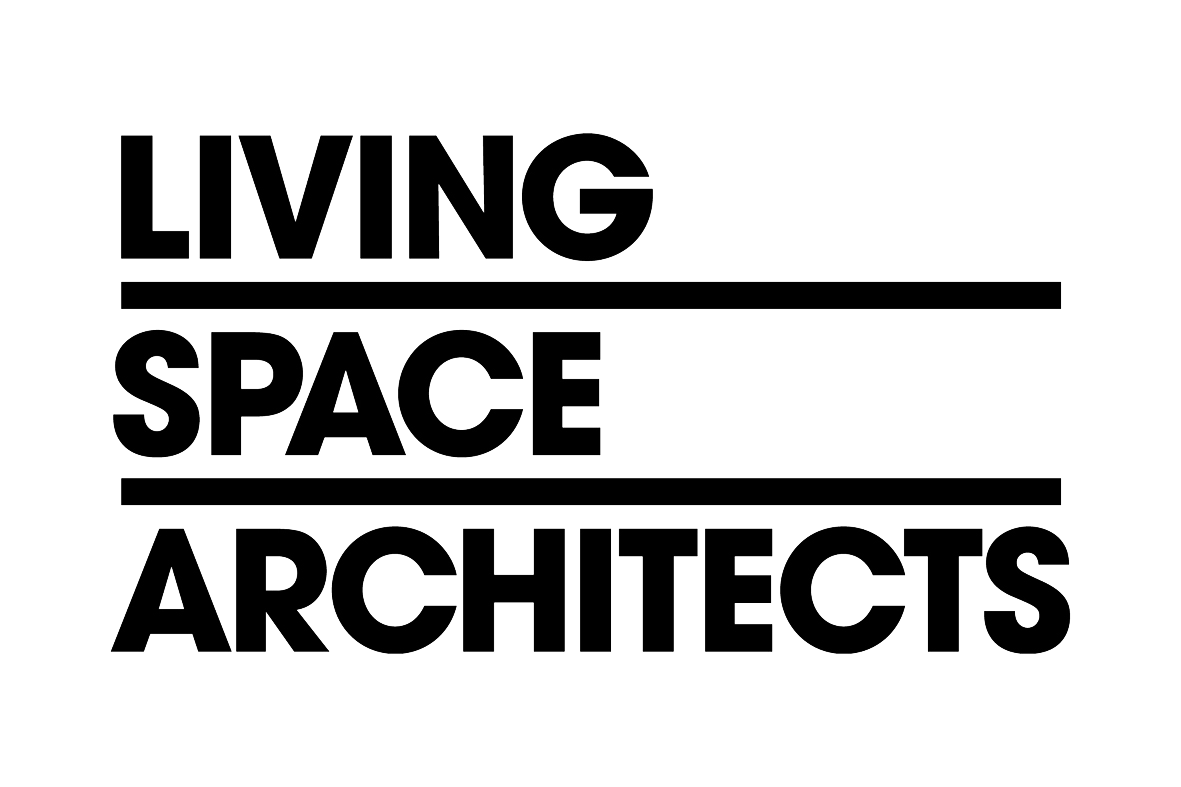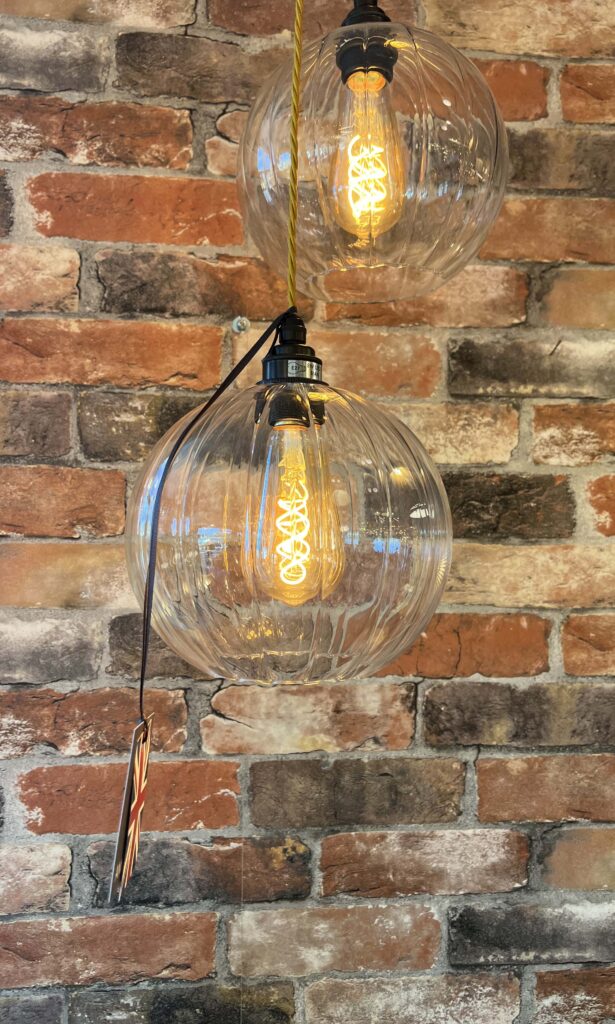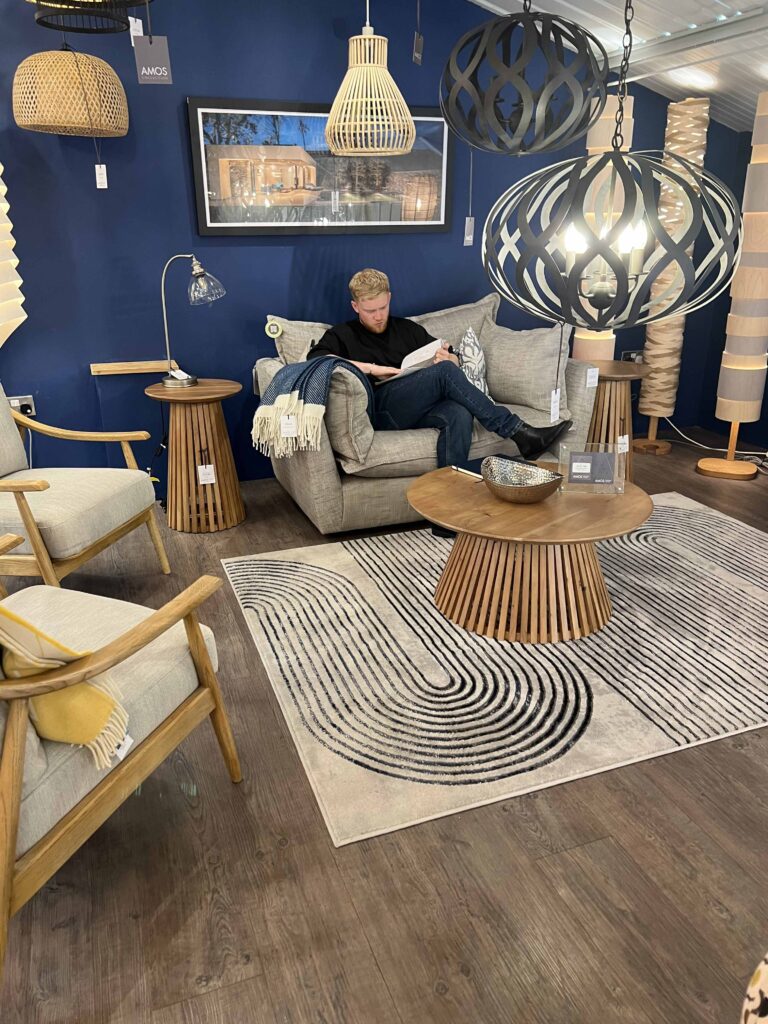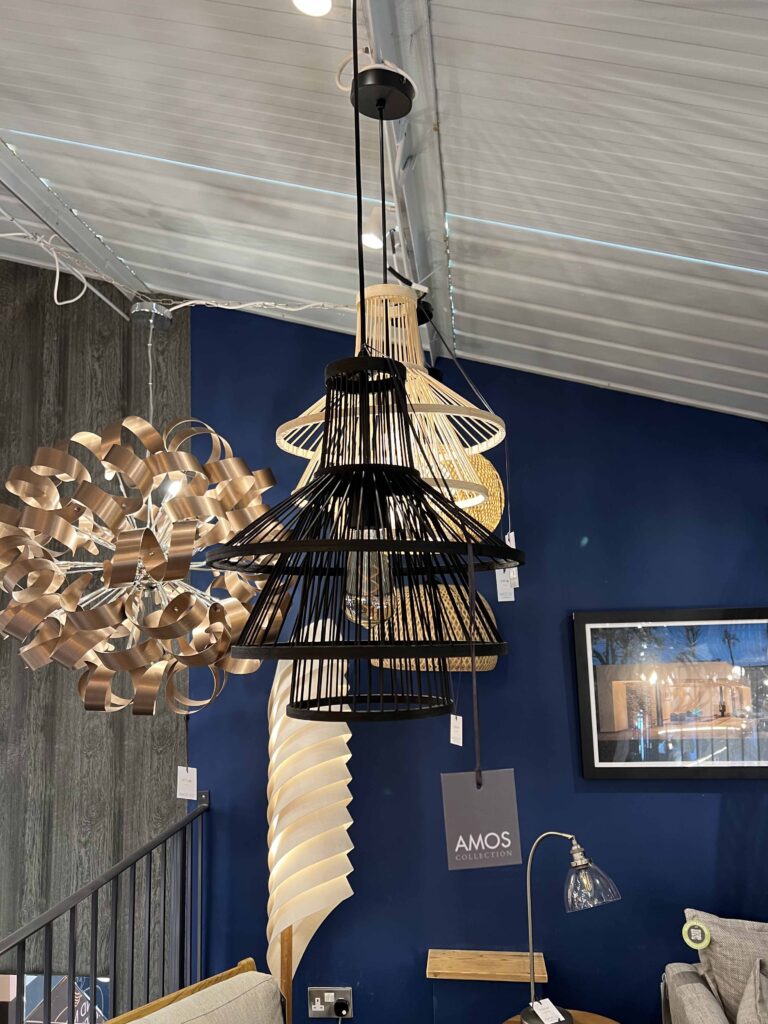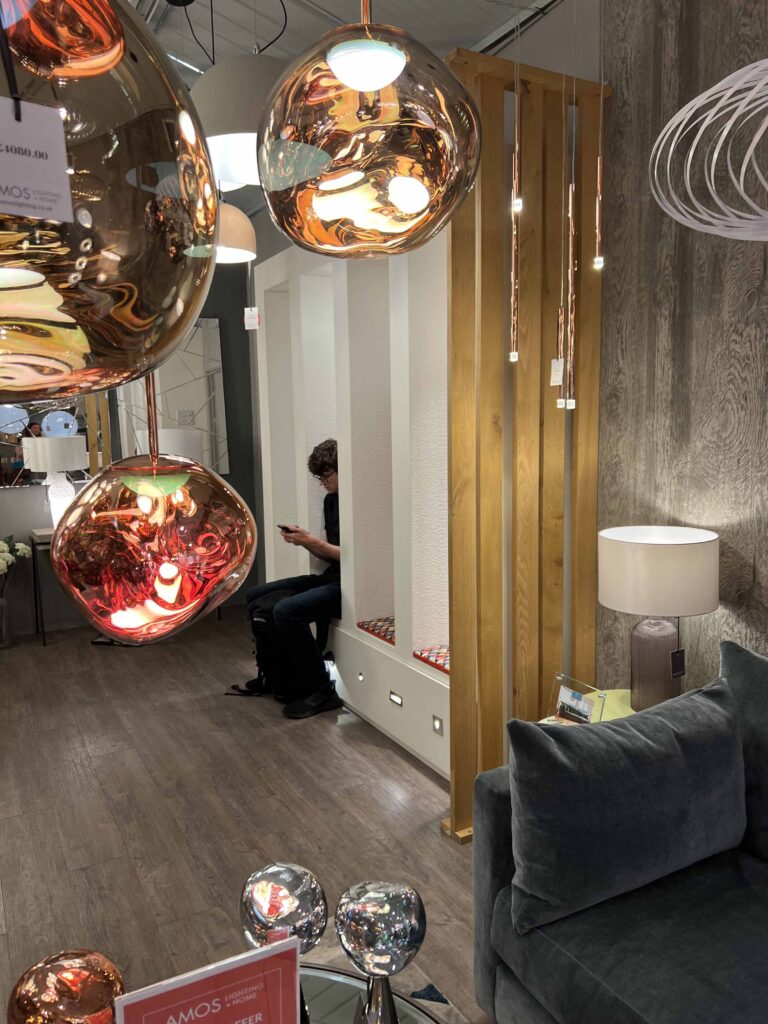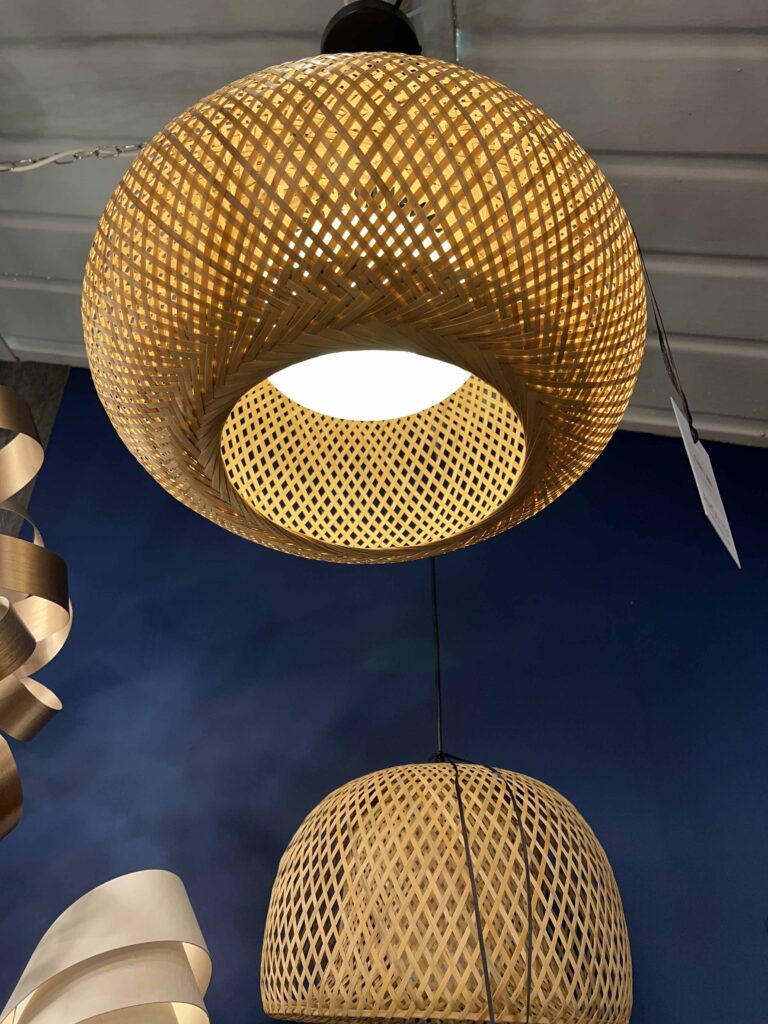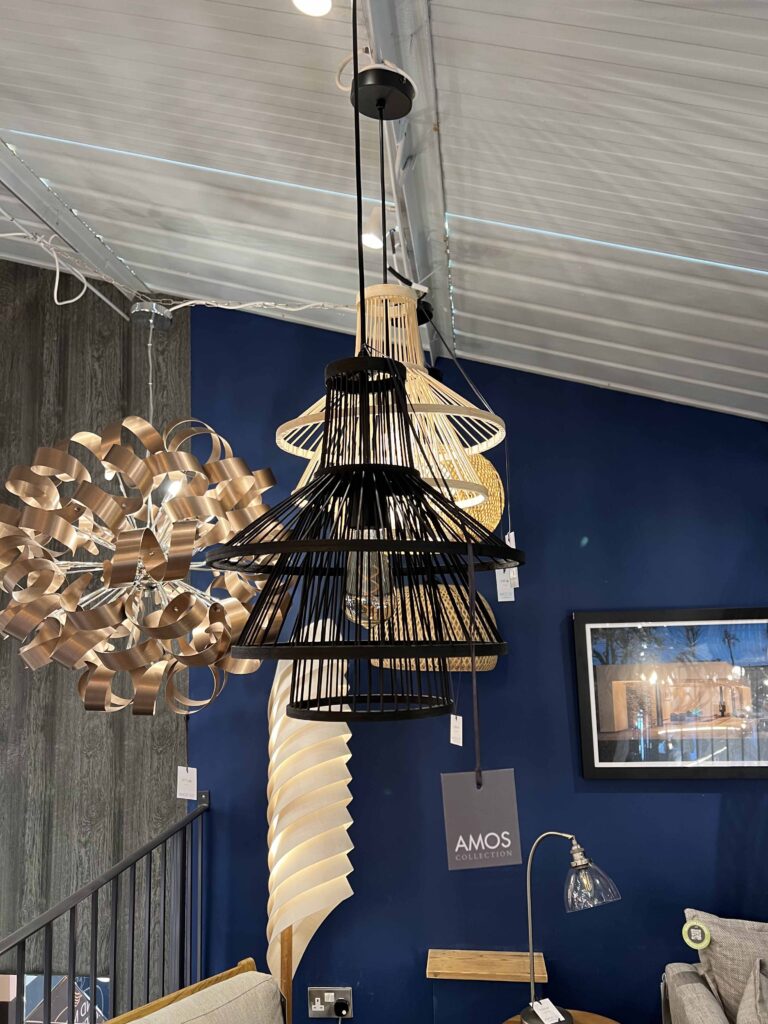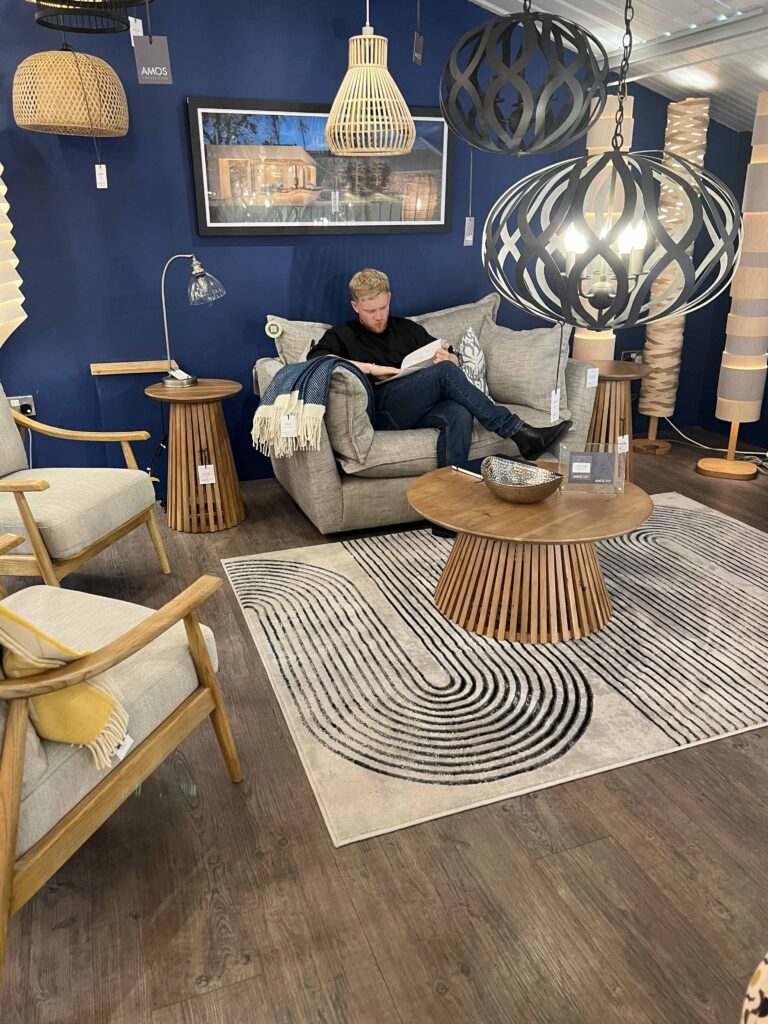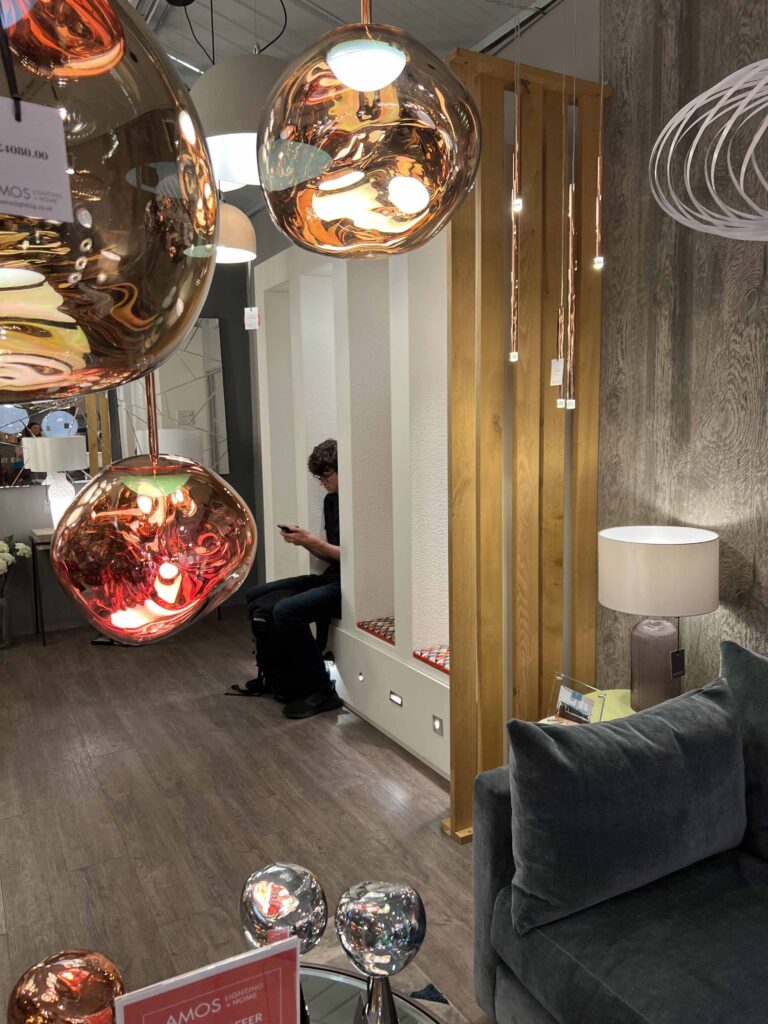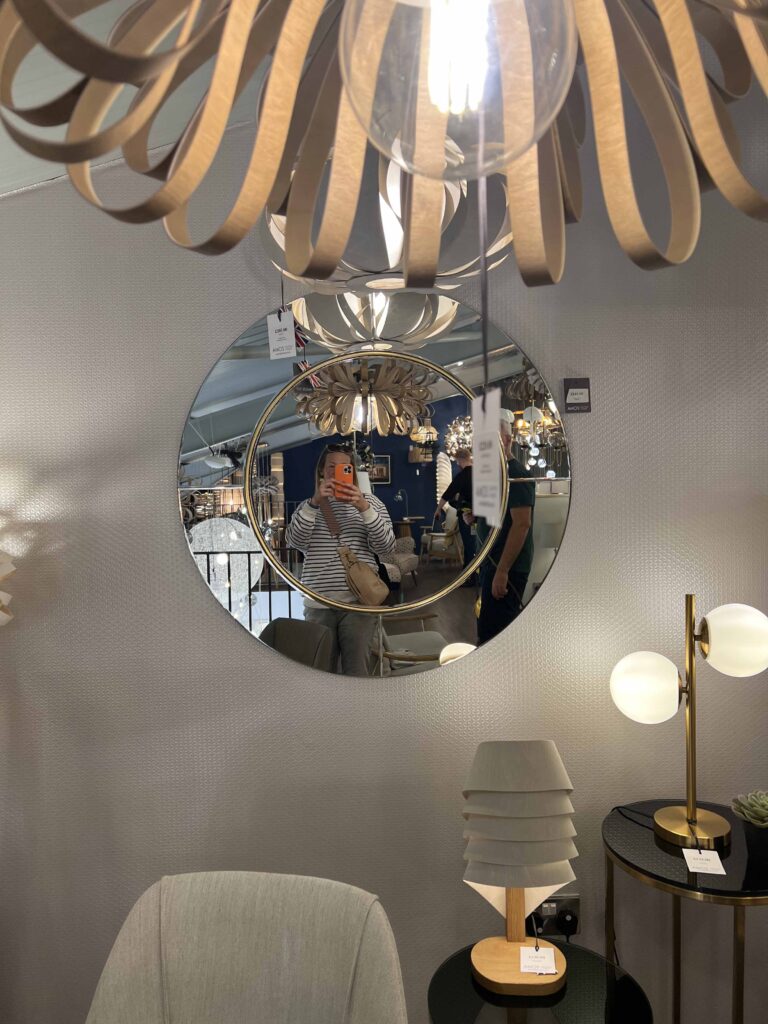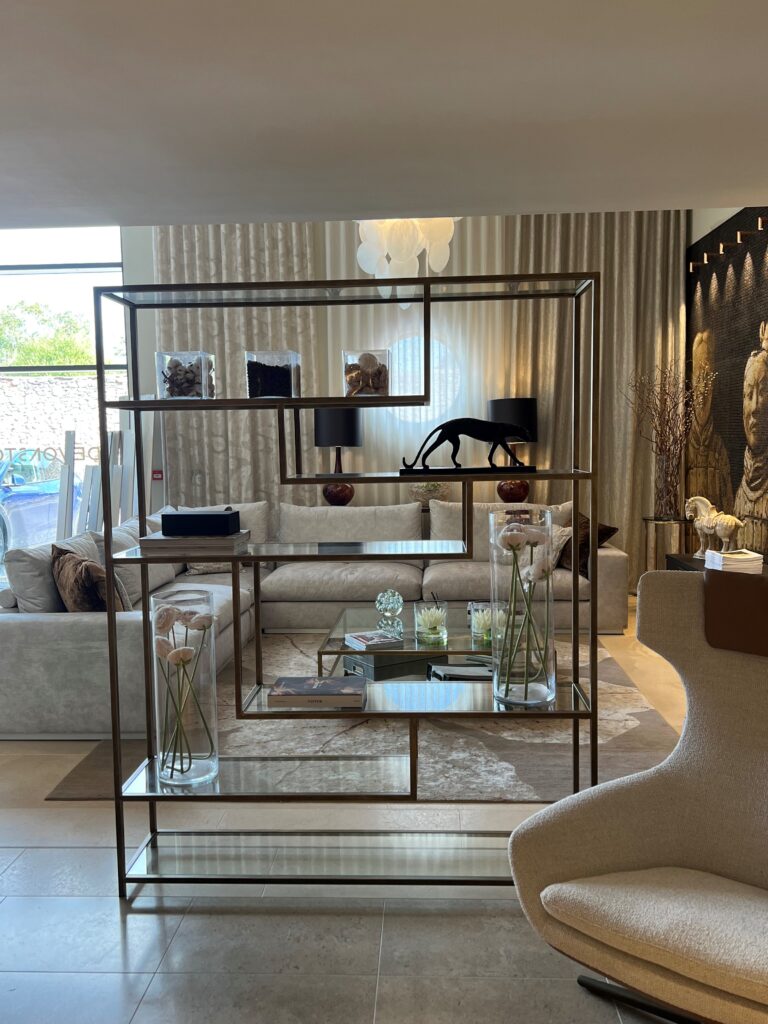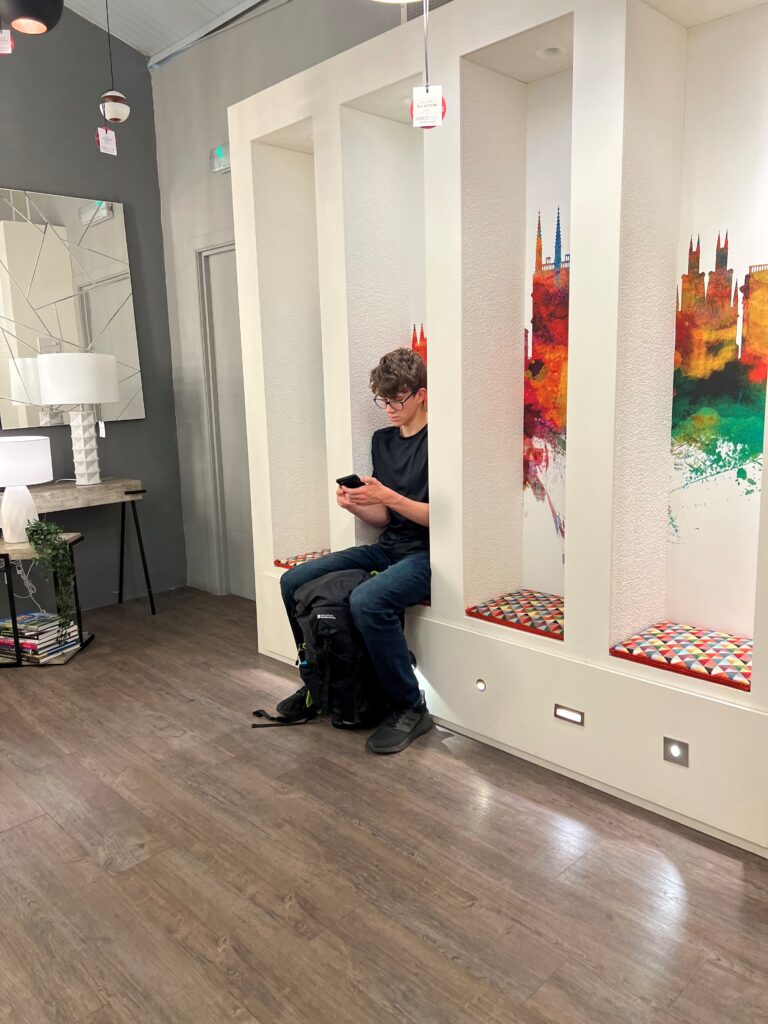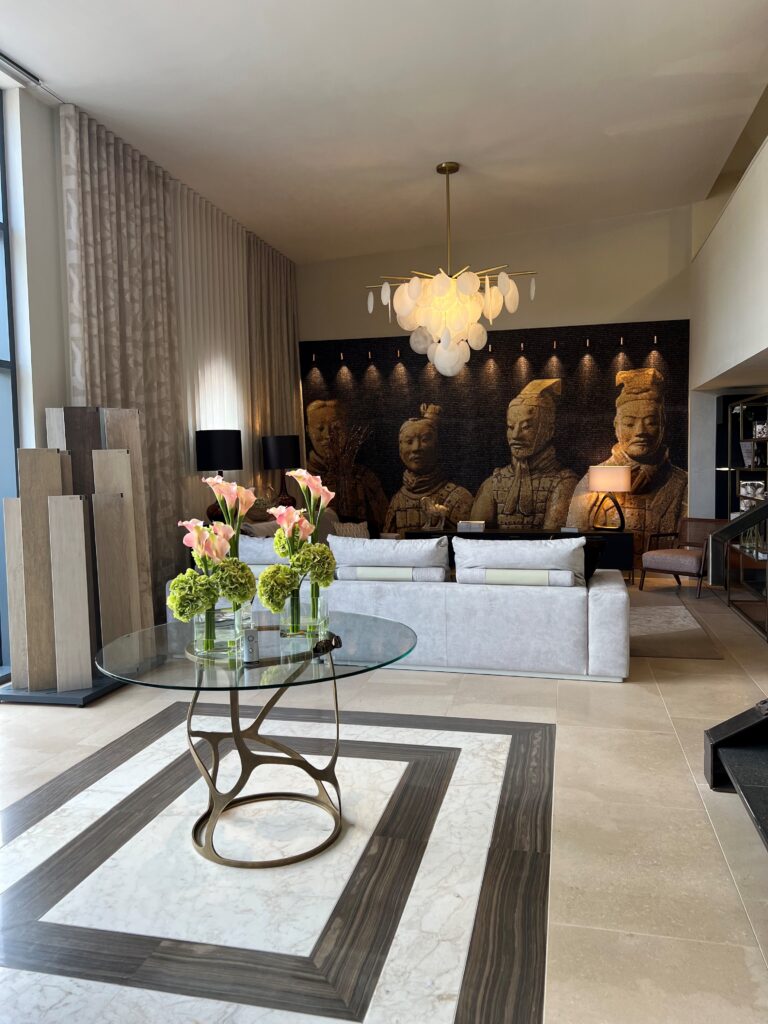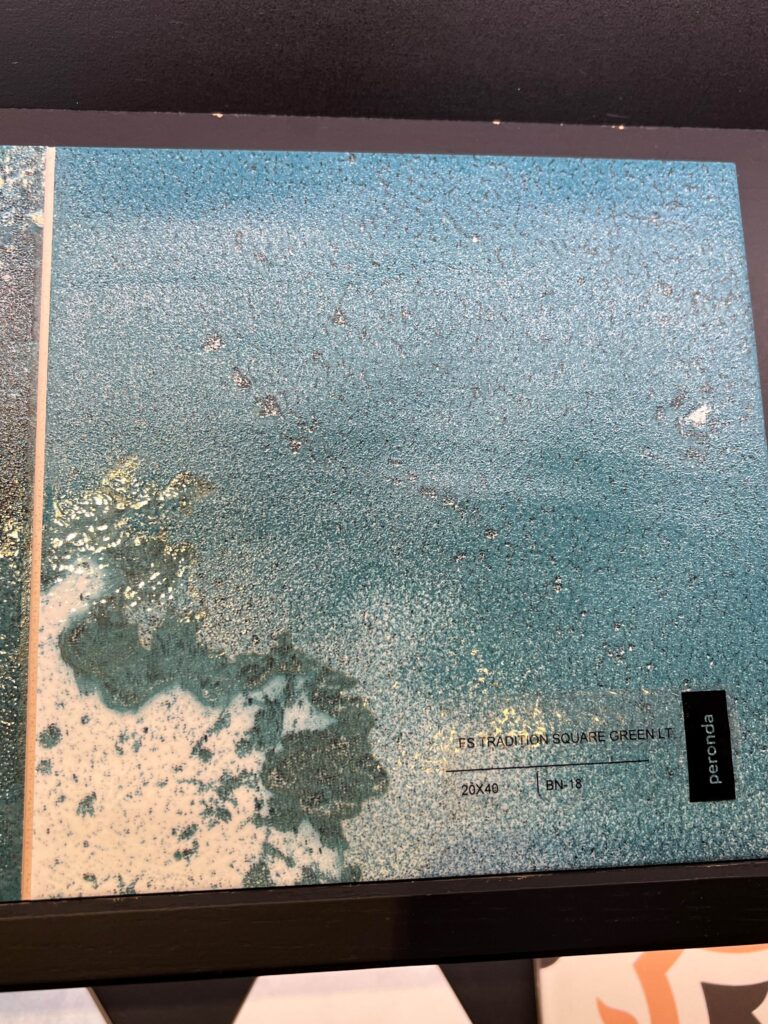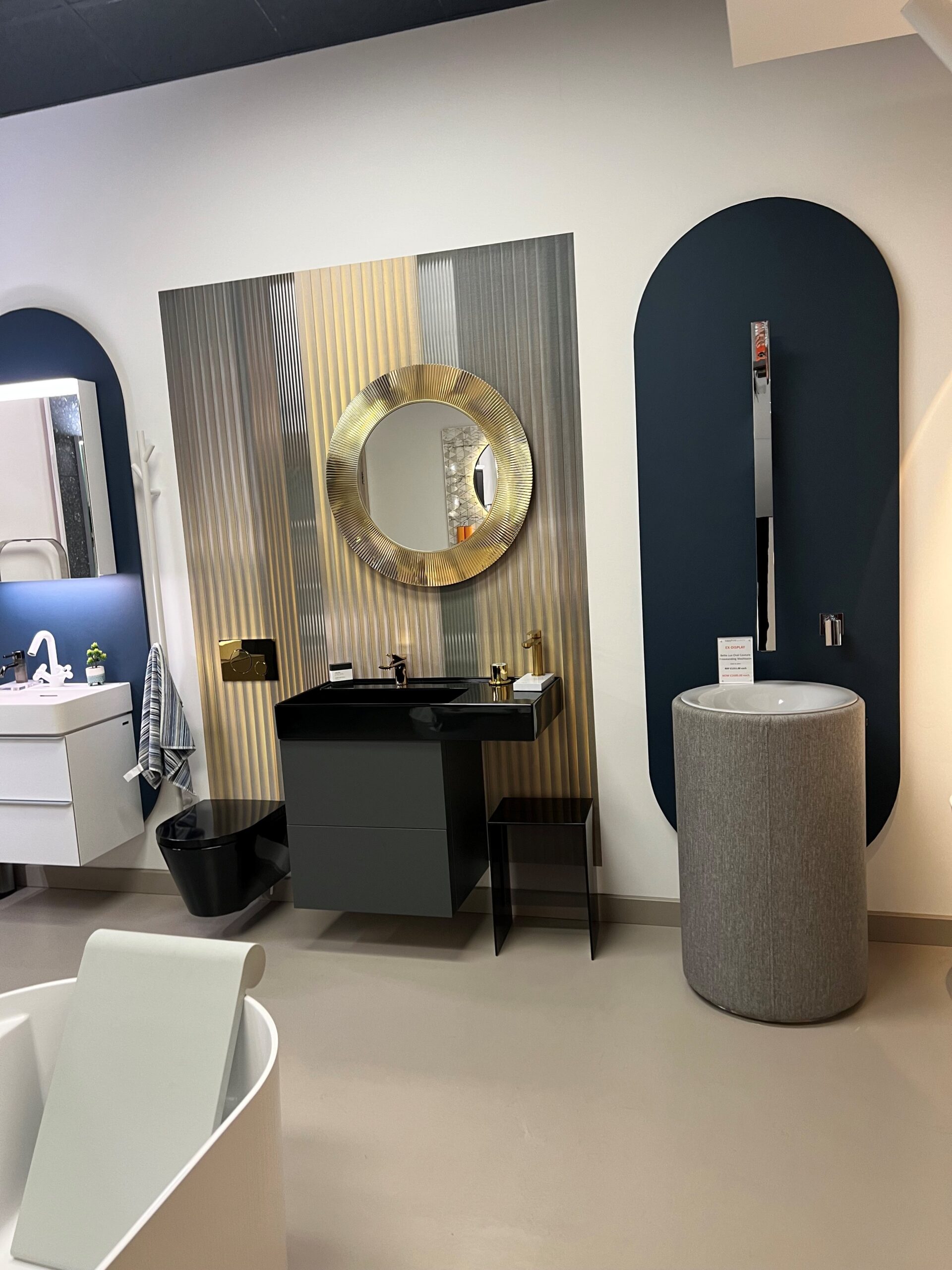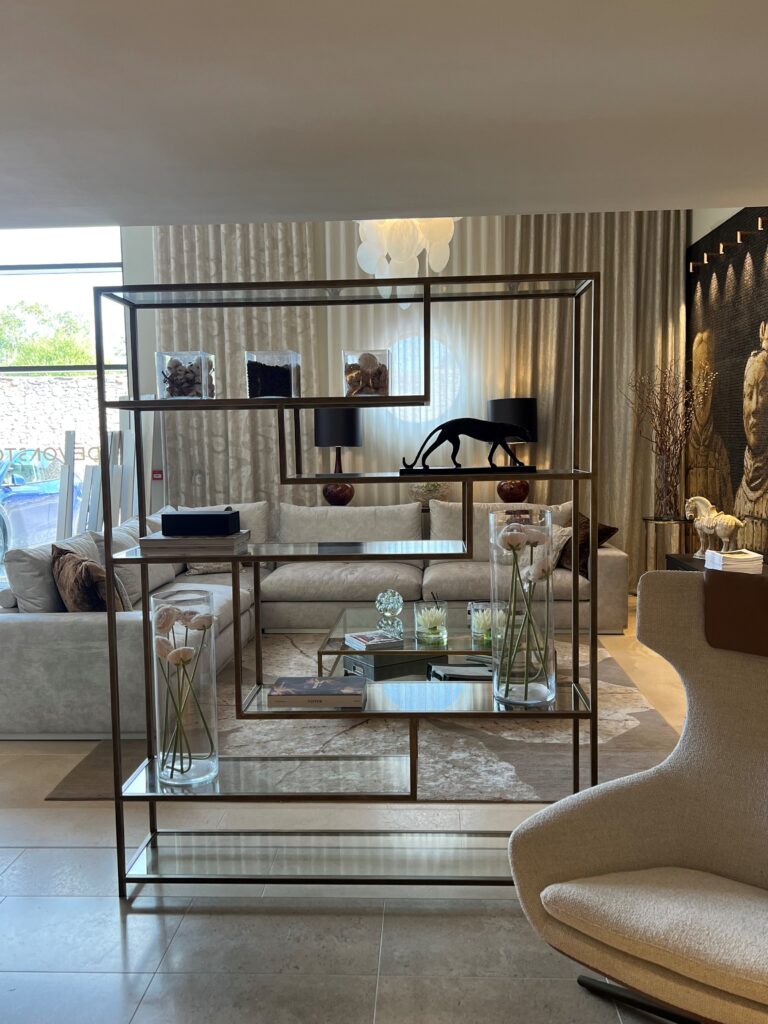PassivHaus with Living Space Architects – Week 2
Week Two has focused on solar gains and internal gains.
Solar gains (using the sun to warm up) look at window placement, design, size, and shading. Getting these aspects right will help balance your solar gains (warming up the building) against your heat loss through the windows – windows do not insulate as well as walls.
There are lots of things to consider here – do we want solar shading, where should the shading be, do we want openable windows, do we want blinds, where do we want our windows? Openable windows are desirable, but security, external noise or even just stopping the pets from escaping could stop you! Blinds are helpful in reducing glare and increasing privacy, but internal blinds will not stop the glass itself from heating up, and maybe we want to maximise our views out.

Internal gains refer to everything else inside the building (apart from the heating system) that can warm the building up. This will include how many people are in the building, what type, and the number of appliances in use. The internal gains will change dramatically based on how the building is being used – is it a home, a school, or an office building?
We make assumptions about occupancy and build these into our calculations with a generous buffer to ensure that the comfort of the occupants is maximised while reducing reliance on space heating.
Lessons Learnt
The lesson from this week has been the need to talk to our clients really early to understand how they want to live and work in their homes and PassivHaus projects. Everybody lives in slightly different ways; some people sleep with the window open, some people need complete silence; some have vegetable plots and want extra freezers to store their produce; some families work from home with extensive office setups; some people bought their home for the view, and don’t want to spoil these with blinds and curtains.
So tell us how you want to live, because every detail is important to us and will help ensure your PassivHaus will reflect you.
